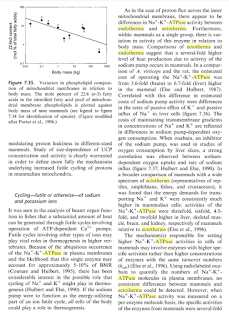Human body temperature has been decreasing
[2020-06-30] Interesting finding reported by Prostiv et al. earlier this year [1] - human body temperature has decreased in the US since the Industrial Revolution. The authors suggest the change is due to a reduction in chronic inflammation: "Although there are many factors that influence resting metabolic rate, change in the population-level of inflammation seems the most plausible explanation for the observed decrease in temperature over time. Economic development, improved standards of living and sanitation, decreased chronic infections from war injuries, improved dental hygiene, the waning of tuberculosis and malaria infections, and the dawn of the antibiotic age together are likely to have decreased chronic inflammation since the 19 th century. ... Reduction in inflammation may also explain the continued drop in temperature observed between the two more modern cohorts: NHANES and STRIDE. Although many chronic infections had been conquered before the NHANES study, s...
